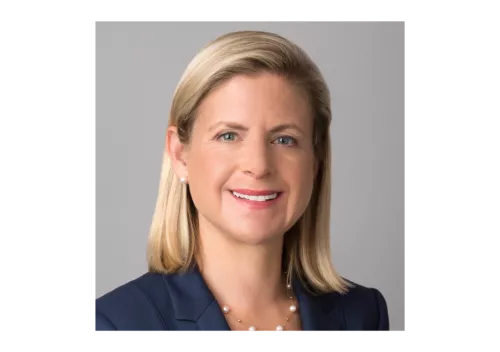Best proxy statement: UnitedHealth

Left to right: Ron Schneider of Phoenix Advisory Partners and UnitedHealth’s Dannette Smith, Wade Sheek and Kuai Leong
Writing a proxy statement is never an easy task. Writing one that manages to be a highly functional and compliant legal document as well as an effective communication tool is next to impossible. As difficult as it might be, however, the team at UnitedHealth managed to pull it off and was presented with the top honor for best proxy statement at the 2010 Corporate Governance Awards.
In the eyes of the judging panel, UnitedHealth had possibly the most substantive compensation discussion and analysis (CD&A) section of any proxy statement in the country, providing a surprisingly frank discussion of almost all issues of interest to shareholders.
While a proxy comprises many different elements, over the past few years the CD&A has become the primary focus of many investors and advisers. Within this section, most attention is focused on disclosure of senior executives’ performance metrics and how these relate to the compensation strategy. ‘The UnitedHealth CD&A gives the clearest explanation of the relationship between performance and pay I have seen to date,’ remarked one judge.
So how did UnitedHealth put together such an outstanding proxy? One reason is its willingness to learn from what others are doing. Dannette Smith, corporate secretary at the company, explains: ‘Every year we look at the short list for the awards to see what those that are nominated are doing well and what we think would work well for our document. We like what Lubrizol did with its stock incentive plan. That was very well done.’
One lesson Smith took from last year was that the proxy contained great information but was not organized as well as it might be. ‘It was confusing to people so we put some more headings in and cleaned up some of the charts,’ she says. ‘That definitely helped
in terms of readability. We did a couple of new things this year; we looked hard at the new requirements and asked ourselves how we could best present the information.
‘In the CD&A we tried to give a sense of how the performance measures were selected, how hard they are to achieve and how we did against them. We also took a little bit of a different approach with the executive summary and just really focused it on the CEO’s compensation. It can be hard to calculate the overall figure and that is what many people are primarily interested in. In our mind the board is responsible to the shareholders, and the shareholders should elect the board based on performance; the proxy statement is the basis for that decision. We want to make sure the information in there is understandable and useful so shareholders can make an informed decision.’
As one judge enthused: ‘The unique process of engaging shareholders on a semi-annual basis to solicit input on what they would like to see in the disclosures is obviously paying dividends.’








